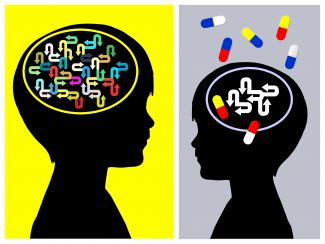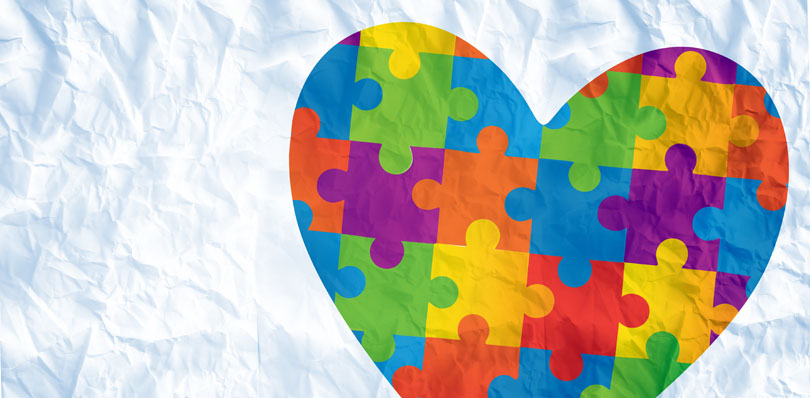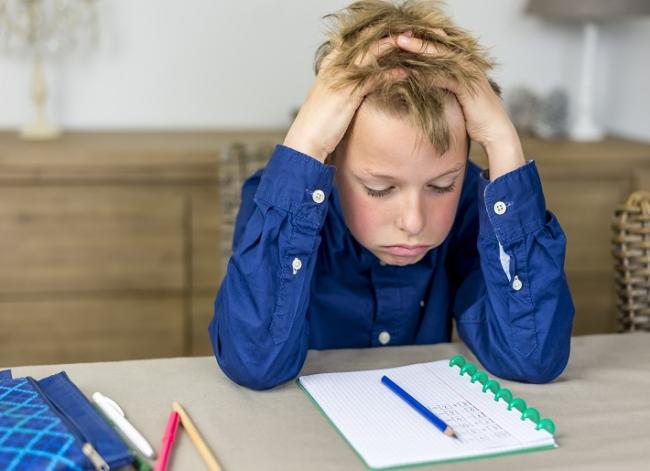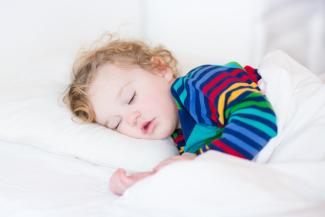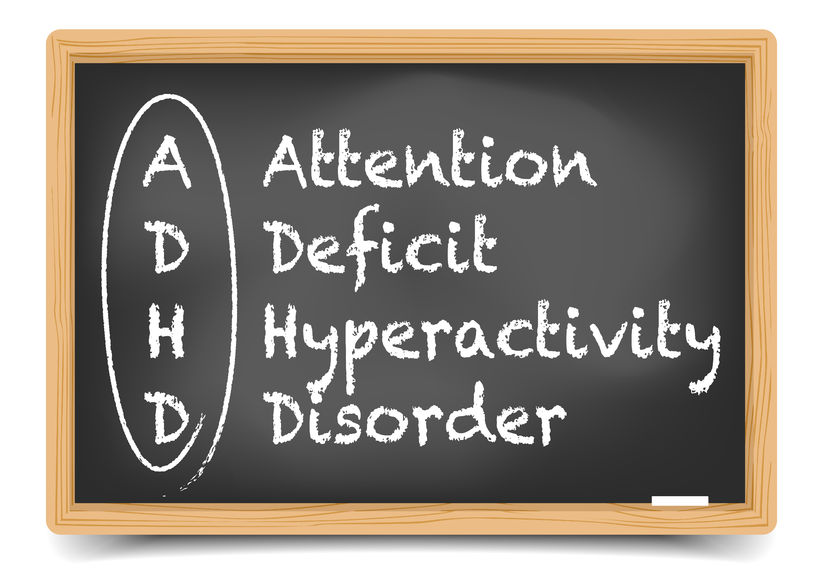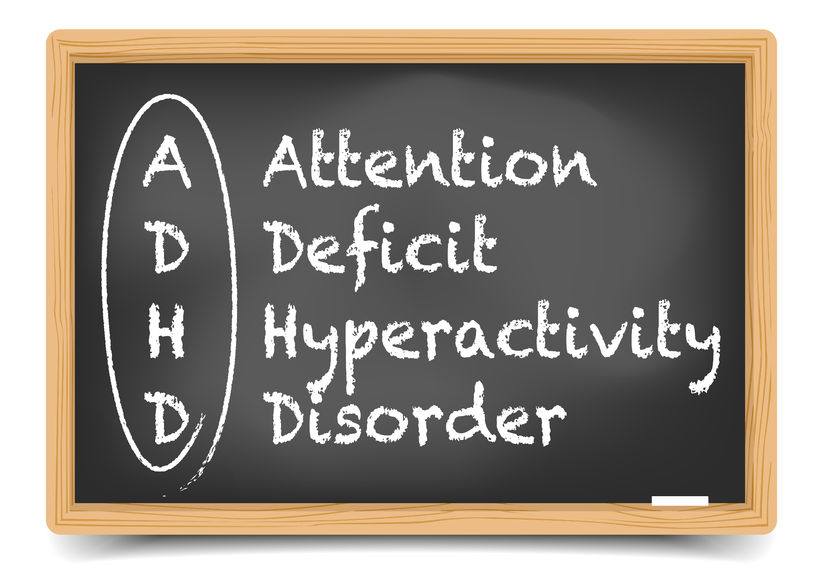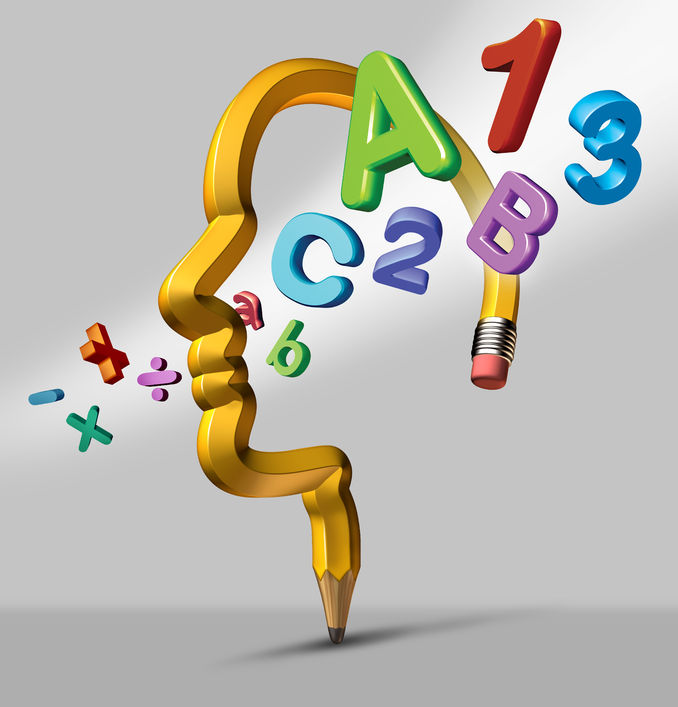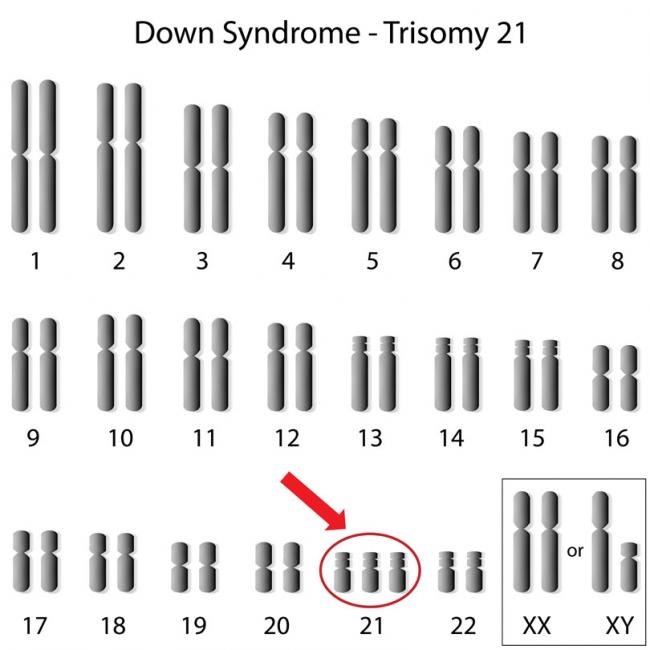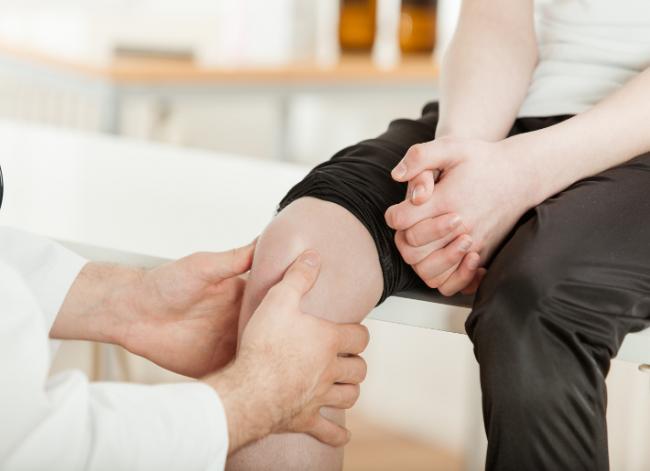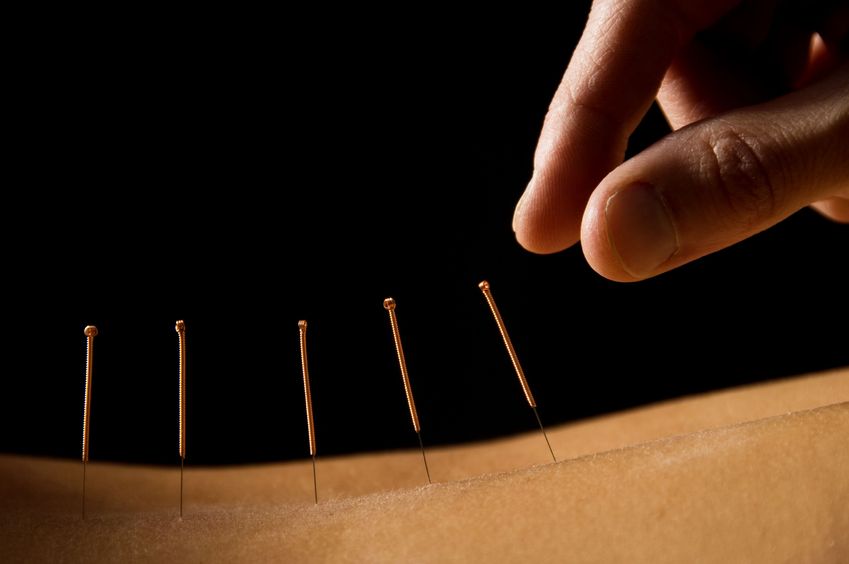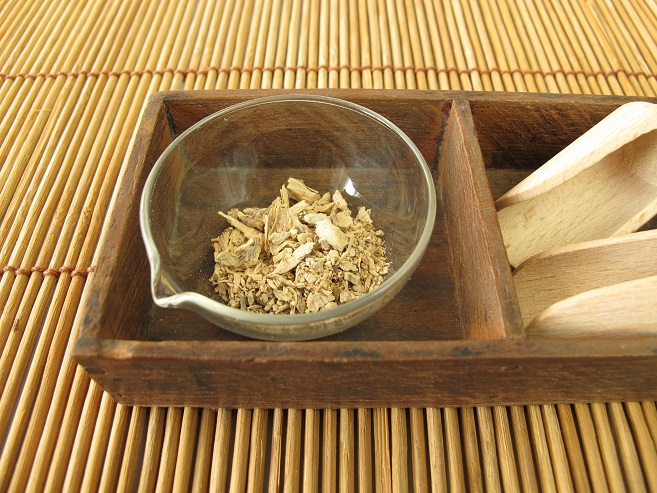ADHD Drugs and Their Effects in Children - Understanding the Pharmacology of ADHD and How it Works
desouzanaturopathic.com
In many parts of the world, attention deficit hyperactivity disorder (ADHD) is not a common diagnosis. But in North America, a large portion of the pediatric population is being screened and diagnosed with ADHD every day. While there are differences in culture and diet, could there be more that we are missing in our understanding of this developmental condition? In the last 20 years, the diagnostic criteria have changed, making more children likely to come up positive. Back in 1994, the diagnosis of ADHD was based on three basic symptoms: hyperactivity, inattentiveness, and impulsivity. This diagnosis had to be made before the age of 7 and had to include reports from teachers, parents, and other family members. In 2013, the diagnostic criteria were modified to list nine symptoms of inattentiveness and nine symptoms of hyperactivity/impulsivity. In order to be diagnosed with ADHD, at least six of these symptoms must exist for a period of at least six months. The new criteria have also increased the age range from 7 years old to 12 years old.(1) This means that a much wider range of children are now being exposed to ADHD medication than ever before. In fact, 3–5% of the population is now diagnosed as having pediatric or adult ADHD. Symptoms are linked to nicotine and alcohol exposure in utero and throughout development. Boys are three times more likely to be diagnosed than girls, and siblings of ADHD kids are at a higher risk of diagnosis as well.(2)
Why Treat as Soon as Possible?
ADHD is not a life-threatening condition, but it can nonetheless lead to increased and risky behaviours that can be fatal. Without treatment, children with ADHD are more likely to drop out or be expelled from school and engage in risky driving activity which can lead to motor vehicle accidents. As adults, they may experience difficulty maintaining a job, which can lead to poor employment records and lower income. The sooner an individual can identify their challenges and seek treatment, the sooner they will be able to stabilize their attention and excel socially and academically. This can reverse many of these negative outcomes and lead to a better quality of life.
When to Treat
Many children diagnosed with ADHD have much more going on. ADHD often presents alongside an anxiety disorder or other mood disorder. Obsessive compulsive disorder and oppositional defiant disorder are also closely aligned with ADHD and can make it challenging to identify the best treatment option. The common pharmaceutical drugs for ADHD are often stimulants, which would not be ideal for an individual also suffering from an anxiety disorder. Therefore, identifying the comorbid conditions is crucial in developing an effective treatment plan.
What Causes ADHD?

As with any condition affecting the brain, there is no blood test or gold-standard diagnostic tool. Questionnaires are often given to parents and teachers to monitor over time. Functional MRI has been used to monitor progress with drug therapies in the research world; however, this is not as accessible to the general population. Perhaps those with a family history of ADHD would be more aware of symptoms in their children and are more likely to act earlier in their child’s life. However, genetics is only one factor involved in the development of ADHD. Other factors can include:(3)
- environmental toxins in pesticides and plastics
- the use of drugs, alcohol and nicotine in pregnancy
- upbringing (ie. parents with anxiety, parents going through divorce or conflict)
- nutritional and dietary factors
Medication for ADHD
Whether it is allopathic or naturopathic medicine for ADHD, the goals of treatment are the same. The first goal is of course to reduce ADHD symptoms of impulsivity, attention, and hyperactivity. Because many of these kids struggle to focus in their daily activities, the second goal is to improve healthy behaviours and academic performance. This in turn can improve the child’s self-esteem and help them interact in social settings. The third goal of treatment is to minimize the side effects of medication as much as possible. Mainstream medicine has done very well to develop medications to meet most of these goals; however, there is always work to be done in this area.
The medications used to manage ADHD work by affecting some or all the three key neurotransmitters in the brain: serotonin, dopamine, and norepinephrine. These neurotransmitters increase communication between different parts of the brain and the rest of the body. They are very powerful molecules, which is why they require a specific transporter system to move across parts of the brain. When their activity is done, they are rapidly reabsorbed into a controlled area and only released as needed. From a biochemical perspective, ADHD is understood as being an excessive amount of transporter and not enough neurotransmitter to transport around. This understanding and the insufficiency of neurotransmitter have become the focus of pharmaceutical development.
Stimulants
Stimulants are the first-line treatment for ADHD. These include Ritalin and Concerta, which are otherwise known as methylphenidate. Amphetamines are another class of stimulant drug and are also known as Dexedrine, Adderall, and Vyvanse.
There are short-acting (3–4 hours) and long-acting (10–12 hours) forms, but both work in the same way: They inhibit the reuptake of dopamine and norepinephrine after they have signalled in the brain. This means that if an individual’s body isn’t clearing the dopamine away, it is able to stick around longer and have a much more powerful action. This is exactly what happens. The common emotions associated with dopamine include attention, pleasure, motivation, and reward. Anything that affects dopamine in this way has the potential for abuse. Cocaine has a similar mechanism in affecting the dopamine pathway.[4] Of course, this dose is often larger and administered differently, but the effects on creating pleasure and abuse are the same.
Norepinephrine is associated with alertness and energy, and has a lower abuse potential.
Non-Stimulants
These second-line drugs are often primarily used for other conditions. Antidepressants, antihypertensives, and mood stabilizers are often used alongside stimulants or when stimulants have not proven effective. These medications work by affecting the serotonin and norepinephrine pathway. Similarly to stimulants, by inhibiting the reuptake in the brain, we can make more of these hormones available for use. Serotonin is known as the happy hormone and also plays a role in obsessions and compulsions associated with ADHD.
Pros and Cons
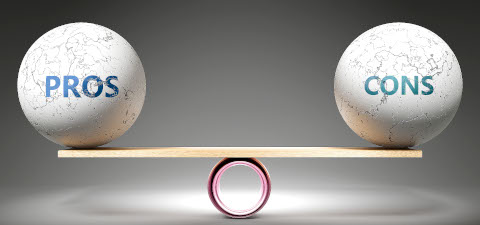
There is no doubt that these medications work. Many individuals report improvements in attention, memory, productivity, and emotional control within a few days of beginning treatment. They are powerful drugs and can manage difficult cases. Except that by altering the chemistry in the brain, could we be creating more harm than good?
The most common side effects include overexcitation of the central nervous system and insomnia. While many children may see improvements in the classroom and on report cards, parents note a greater social dampening, a loss of creativity, and withdrawal. These children appear dopey, depressed, and inactive on the playground. At home, these children skip meals due to a poor appetite, stomach-ache, nausea, or even vomiting. Gastrointestinal disturbance is among the most common side effects and is often overlooked or ignored.
It is important to note that in research studies done on children, three weeks is considered a long-term study. Most children beginning ADHD medication will be on the drugs much longer than three weeks. These children might notice the development of abnormal tics and tremors, excessive lethargy, and even suicidal thoughts. In the long run, the two most important organs affected are the liver and the heart. Liver toxicity and abnormalities in liver enzymes should be closely monitored by the physician. Cardiotoxicity and cardiovascular problems have been reported when even small doses of medication were used for three weeks.[5] Overall, a risk-benefit analysis must be considered before beginning a round of ADHD medication.
Take Home
Naturopathic doctors are experts in managing the brain-gut connection. Whether or not medication is already part of the treatment plan, seeking a naturopathic opinion can help to improve the effectiveness of the medication, reduce the side effects, and encourage the body’s natural healing process. Counselling should be included and can help a child to feel supported in their emotions and become aware of their actions. We don’t want a child to believe that medication will control their actions and behaviour for them. Ideally, this mentally can help to remove many children from medication when the time is right. This process all begins with a good support system, a healthy diet, and a motivation to live a drug-free life.
References:
[1] Centers for Disease Control and Prevention. Symptoms and Diagnosis of ADHD. Available from https://www.cdc.gov/ncbddd/adhd/diagnosis.html. Updated 2019‑11‑01.
[2] Centre for ADHD Awareness, Canada. ADHD Facts – Dispelling the Myths. Available from https://caddac.ca/adhd/understanding-adhd/in-general/facts-stats-myths/. Posted 2017.
[3] Thapar, A., et al. “What causes attention deficit hyperactivity disorder?” Archives in Disease of Childhood, Vol. 97, No. 3 (2011): 260–265.
[4] Gottlieb, S. “Methylphenidate works by increasing dopamine levels.” BMJ, Vol. 322, No. 7281 (2001): 259.
[5] Morton, W.A., and G.G. Stockton. “Methylphenidate Abuse and Psychiatric Side Effects.” Primary Care Companion to the Journal of Clinical Psychiatry, Vol. 2, No. 5 (2000): 159–164.


